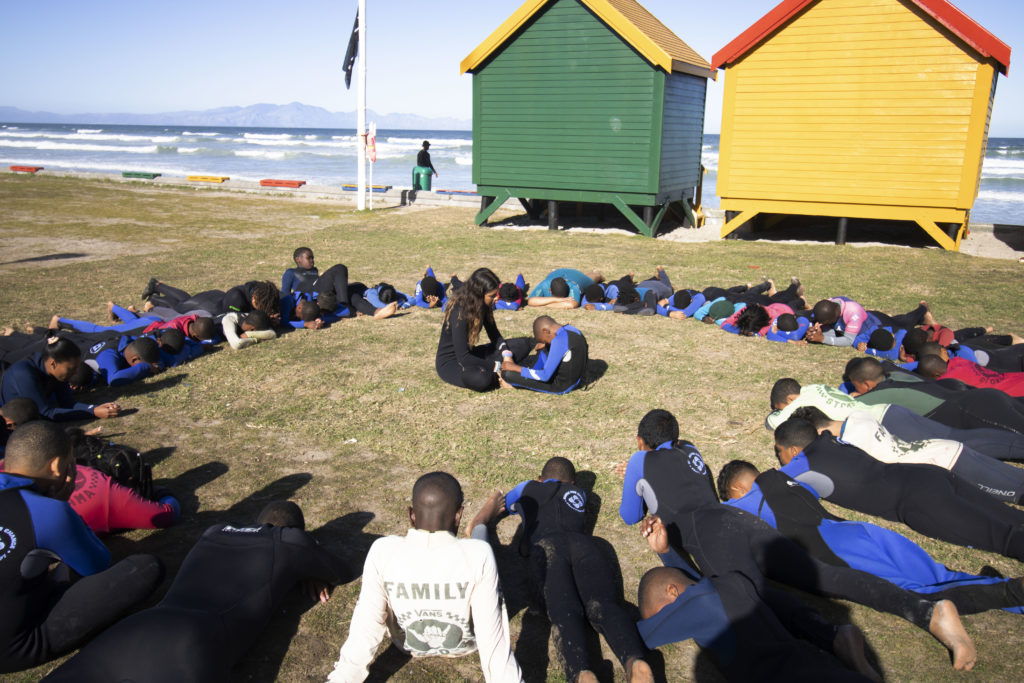How Toxic Stress affects children living in township communities

“Township” is a term that is synonymous with black urban dwelling. It traces its inception to South Africa’s own process of economic urbanization and acquired its defining characteristics from the apartheid eras’ systematic policies of racial and spatial segregation. A little shy of three decades old, South Africa’s democracy has much to boast about, such as its vibrance in multiculturalism and unity through the spirit of ubuntu. This does not, however, erase the haunting legacy of apartheid that continues to actively disempower Black and Coloured communities that inherited structural confines of poverty-stricken and violence-ridden living environments.
In 2019, the World Bank recognized South Africa as the most unequal society in the world((Scott, K. (2019). South Africa is the world’s most unequal country. 25 years of freedom have failed to bridge the divide [Blog]. Retrieved from https://edition.cnn.com/2019/05/07/africa/south-africa-elections-inequality-intl/index.html)). Unsurprisingly, mental health disparities in South Africa resemble material inequality that run along racial and ethnic lines((Das-Munshi, J., Lund, C., Mathews, C., Clark, C., Rothon, C., & Stansfeld, S. (2016). Mental Health Inequalities in Adolescents Growing Up in Post-Apartheid South Africa: Cross-Sectional Survey, SHaW Study. PLOS ONE, 11(5), e0154478. doi: 10.1371/journal.pone.0154478)). This means that mental health indicators measured across racial groups match the asymmetrical distribution of wealth and material resources that were intentionally skewed by the policies intended to exclude non-white South Africans during apartheid, with obvious spillover effects. An amplifier of these disparities is that children and adolescents living in townships have almost zero access to psychologists and psychiatrists (mainly due to the acute shortage of both professionals in the public health sector: with only 0.02 psychiatrists and 0.32 psychologists per 100,000 people in government health facilities; alongside other social and financial deterrents)((Yarrow, P., & Cohen, R. (2020) “Waves for Change”. 2-12.)). Such a shortage firstly sheds light onto South Africa’s 92% mental-health treatment gap; and secondly, it poignantly points at an unsettling reality: that the same demographic that is disproportionately exposed to abuse, crime and violence is that which has the least access to mental healthcare services and an even slimmer chance of being attended to by a psychologist who looks like them and speaks their language.
Children that grow up in townships are introduced to a world that is severely under-resourced and burdened by high levels of crime and financial insecurity. Constant and prolonged exposure to such adversity presents a myriad of stresses that are too overwhelming for a child to process and adequately deal with, thus resulting in development of toxic stress. Toxic stress occurs following the excessive activation of the sympathetic nervous system (the brain’s fight or flight mechanism) which negatively impacts a child’s ability to deal with stress, regulate their emotions and to think before reacting to a perceived threat. Inability to self-regulate hints itself through antisocial behavior such as constantly fighting, being unable control impulsive behaviour, trouble sleeping and eating, and struggling to concentrate((Ibid., 2-12)). Moreover, toxic stress disrupts a child’s development in problem-solving skills and planning, as well as working towards long-term goals, all of which risk pathologies and negative impacts in adulthood((Woods-Jaeger, B., Sexton, C., Gardner, B., Siedlik, E., Slagel, L., Tezza, V., & O’Malley, D. (2018). Development, Feasibility, and Refinement of a Toxic Stress Prevention Research Program. Journal Of Child And Family Studies, 27(11), 3531-3543. doi: 10.1007/s10826-018-1178-1)). Traditionally, children who display the behaviors listed above are labelled as “naughty” or “disruptive” with little consideration of the possible challenges they battling with on a daily basis. Therefore, the disruption that toxic stress inflicts on this crucial developmental stage proves that constant exposure to trauma does not build resilience or grit, rather, it stunts a child’s ability to develop the two.
The Waves for Change Surf Therapy program is specifically designed for children from poor township communities who experience numerous traumatic experiences that threaten to drown them. The W4C approach is backed by robust scientific research and our curriculum is designed to equip children with skills they can take home to practice in the face of disruptive events. The surf mentors (who come from the same communities as their participants) are trained in Child Protection therefore are able to identify behaviour in a child that causes concern. Furthermore, our mentors also know how to appropriately elevate any concern through the Child Protection team which then connects a participant to a psychologist, a councilor or other specialist.
For the past decade, Waves for Change has committedly worked in and with disadvantaged communities to not only provide an essential service but to do our bit to fill the staggering 92% mental-health treatment gap that exists in South Africa. The W4C surf mentors are an integral part of our work and the champions of their communities. To actively address toxic-stress is to tackle the silent pandemic by recognising the burden that mental health illnesses bear on ordinary South Africans. And by doing the work that we do, we are changing lives one wave at a time.


